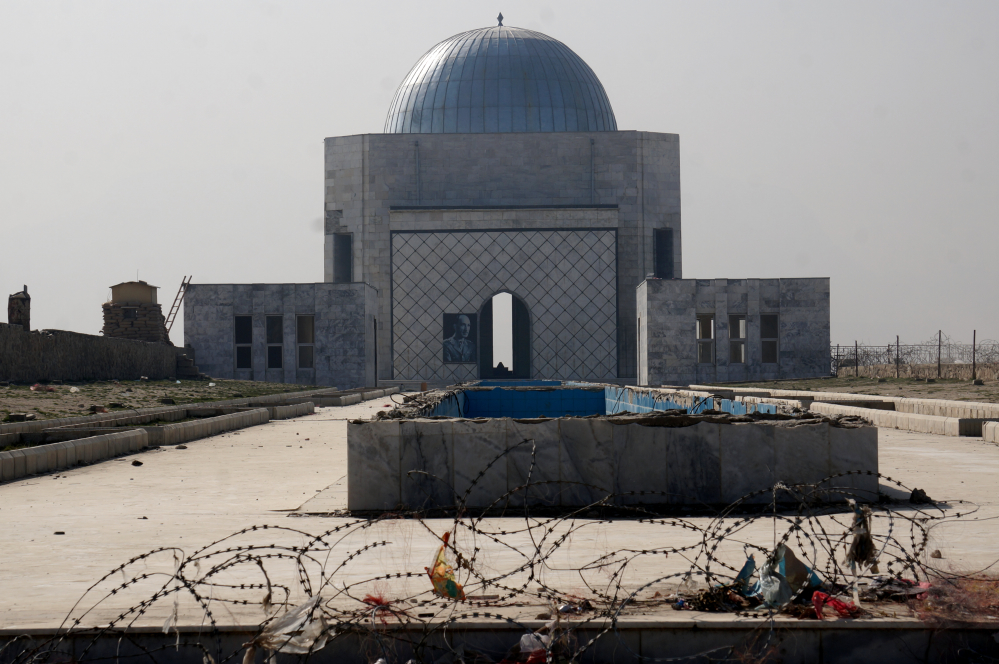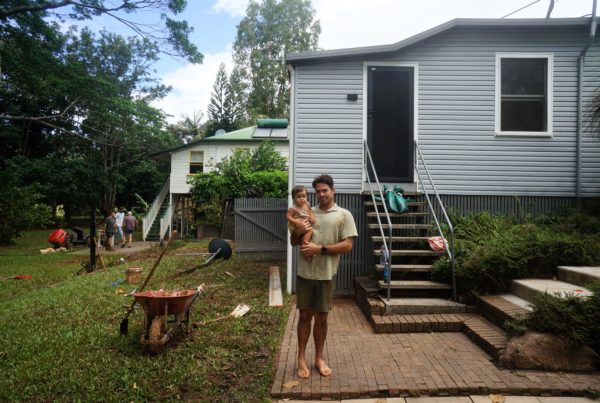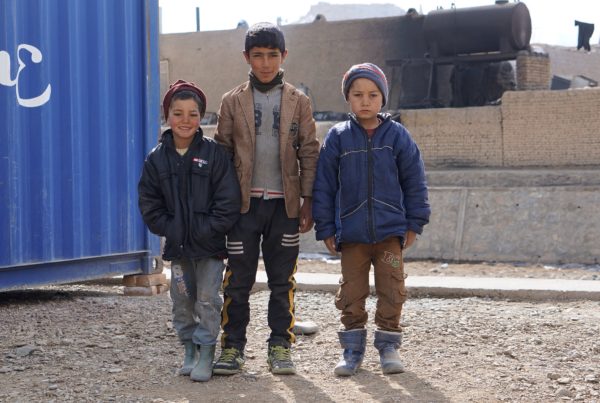The following chapter is an excerpt from the Responsibility to Protect report published by the Edmund Rice Centre in July 2017. The report is a continuation of ERC’s determination to investigate Australia’s most recent deportations to Afghanistan and is available for free download.
The presence of the U.S. and the allied forces became inevitable in Afghanistan after the terrorist attacks in Washington, DC and lower Manhattan on 11 September 2001, carried out by the al-Qaeda organisation of Osama bin Laden to whom the Taliban regime had afforded territorial sanctuary. Following the collapse of the Taliban regime, the U.S. and allies became heavily engaged in Afghanistan as the mission evolved from regime change to a long-term peace-building process.
After the collapse of the Taliban regime, and under the influence of the U.S., its allies and the United Nations (UN), an agreement was signed on 5 December 2001 in Bonn, Germany by a diverse group of competing Afghan groups, excluding the defeated Taliban. The Bonn Agreement aimed at establishing the foundations for a multi-ethnic representative government to rebuild the war-torn country. Fully supported financially and politically by the U.S., the UN, and the rest of the international community, the Bonn Agreement outlined a grand transformative policy framework for the post-2001 peace-building building process in Afghanistan, in which promoting liberal democracy, facilitating socio-economic development and rebuilding permanent state institutions were the most important components.
However, the post-2001 Afghan peace-building process has proved to be a challenging experience because of the counter-productive outcomes of the policies and practices of the U.S. and allies. In fact, the early successes in the post-2001 peace-building efforts quickly gave way to the deterioration of the security situation, deficit of democratisation, and setbacks in effective and legitimate governance because of a combination of numerous internal and external factors.
After the U.S.-led invasion of Afghanistan in 2001, numerous former warlords returned from exile to participate in the war against the Taliban and al-Qaeda receiving new arms and money from Americans that enabled them to revitalise their patronage networks of militants. As such, many warlords benefited from the peace-building process by exploiting reconstruction resources, seeking sponsorship from the U.S. and allies, filling senior government positions, and mobilising their local constituencies.
The result was considerable coercive capacity vested in the warlords controlling many regions of the country but with no parallel political and military capacity at the central government in Kabul. In fact, the empowerment of warlords was the immediate consequence of the reliance of the U.S. and allies on local militia from the Northern Alliance in the north and Pashtun warlords in the south to fight the Taliban in the absence of capacity in the Afghan government and the ANSF. The U.S. and allies ignored the fact that warlords represent equally grave threats as the Taliban to peace-building efforts, resulting in a situation in which the uncontested power of warlords severely undermined the democratisation process, institution building, socio-economic development, and human rights promotion.
This led to the widespread corruption and disintegration of the state institutions, which were already weakened as a result of three decades of conflict. As a result, the security situation in Afghanistan deteriorated significantly because of the insufficient of the military personnel, arms, aid, trainers and advisors of the U.S. and allies, fully ignoring the high level of security threats caused by the Taliban insurgency. This clearly indicates that the U.S. and allies quickly lost interest in the Afghan peace-building process because of their financial challenges and other global engagements, particularly after the invasion of Iraq in 2003.
After 13 years of military presence, the U.S. and allies decided to withdraw their combat forces from Afghanistan in December 2014. Following the completion of the military combat role of the U.S.-led international forces, a follow-on North Atlantic Treaty Organization (NATO)-led mission called “Resolute Support” was launched on 1 January 2015. The Resolute Support Mission (RSM) provides training, advice and assistance for the ANSF and the Afghan government. At the NATO Summit in Warsaw in July 2016, the U.S. and allied leaders decided to extend the presence of their limited forces in Afghanistan beyond 2016 in an advisory and training role.
As a result of the long-term presence of international forces, Afghanistan has come to rely, politically, economically and militarily, on the continuous support of foreign governments and international development and relief agencies. Considering that the U.S.-led military intervention has failed to stabilise Afghanistan, while the Taliban and other armed opposition groups are stronger than ever, the withdrawal of international troops and the reduction of economic support by the international community has left the country on the verge of collapse.



